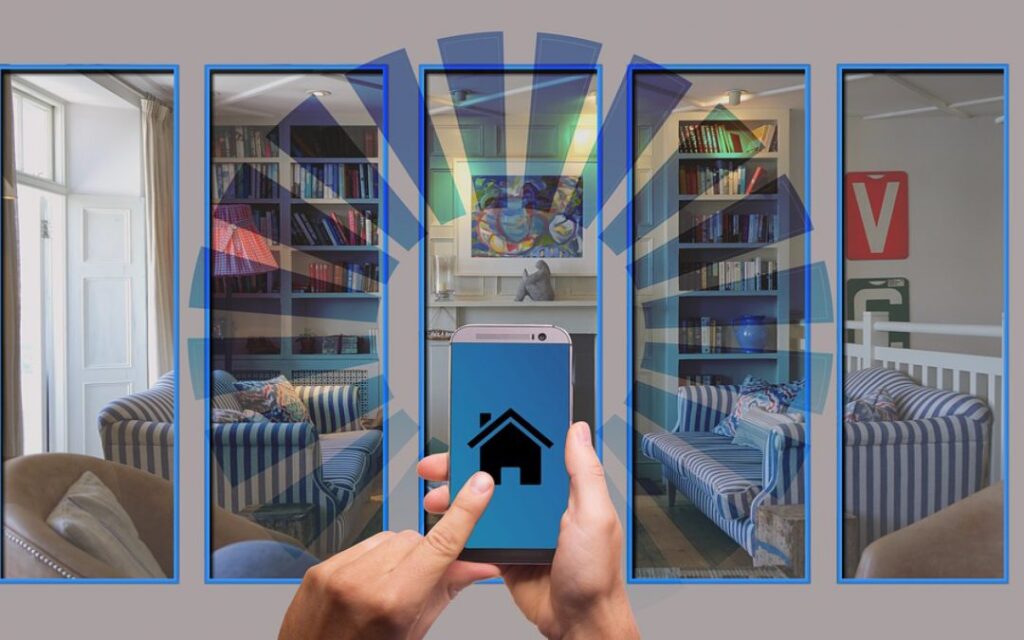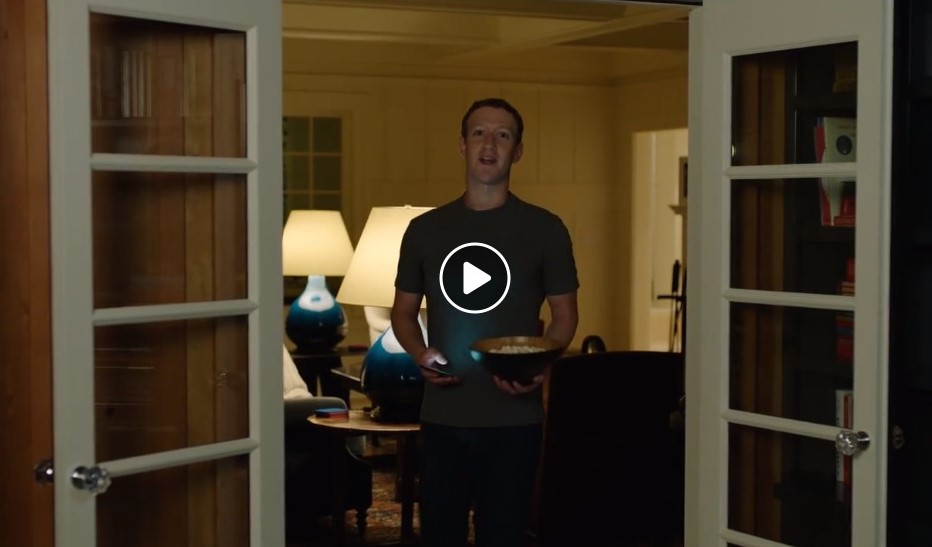Wouldn’t it be convenient if, leaving your house, you just had to click on an icon on your smartphone and a processor would take care of lowering the blinds, turning off the lights, activating the alarm and, who knows, opening your garage door?
WE ALREADY ARE IN THE “SMART HOME ERA”
Well, this is no longer science fiction.
In fact, if since years we are in the era of “smartphones” and 2020 has officially opened the era of “smart work“, the spread of domotics has undoubtedly get us used to the concept of “smart home“.
Obviously we are talking about spaces equipped with remote control systems (centralized in the best of cases). Among all of them, the possibility is to configure pre-established “scenarios” or, more “simply”, electrical systems that self-regulate the switching on of household appliances based on the established consumption threshold.
Technologies that are certainly not attainable to everyone, but increasingly widespread in homes and, for now, especially within large companies.
Whereas the classic system was activated by switches and controllers, domotics technologies allow the different devices to be managed and coordinated together: an even more important function where convenience means greater productivity and efficiency.
WHAT’S DOMOTICS?
Born with the third industrial revolution, domotics (integration of technology in the design of living and work spaces) is already common, for example, in the airport sector and high-tech companies. But its use in the civil field is still less common and, without a doubt, its progressive spread represents an anticipation of what is the fourth industrial revolution that has just begun.
In fact, today domotics relies almost exclusively on “manual” programming.
But, in an increasingly near future, thanks to artificial intelligence and the “internet of things”, our home could program itself. For example, it could react to different scenarios, have the different components that make it work communicate with each other, and have the ability to adapt and understand our needs and habits.
All this in the name of comfort, but also of safety, energy saving, sustainability and assistance to people with disabilities.
THAT’S HOW ZUCKERBERG IMAGINE FUTURE HOUSES
In short, from domotics to building automation, the step is short, as demonstrated by Facebook founder Mark Zuckerberg, in a video published a few years ago, which takes us directly to the future. In that future, our home, our appliances and systems will be completely computerized and, in a sense, autonomous. They will prepare breakfast for us at the indicated time, wake us up according to our commitments, recognize who is ringing the bell, respond intelligently to an emergency situation, etc.
Then, the application of new technologies to interior design could completely revolutionize our way of life and make us live like in one of those movies that we watched as children and seemed only cinematic fantasies.
THE EXPERIENCE OF A AN ARCHITECT IN MILAN
Erica Giordano, architect in Milan born in 1989, thanks to an interdisciplinary approach that characterizes her, has been involved in domotics for some years.
After having worked in the field of event spaces, mainly related to the “Fuorisalone“, today she has specialized in this branch of design, in which interdisciplinarity is undoubtedly a strong point.
She tells us: “As an architect, it is essential for me that the functional aspect does not compromise the aesthetic aspect. So I must confess that in this sector, where the technical side tends to take control, it is especially stimulating when there is the possibility of creating something that can satisfy both aspects.
In these cases, the integration of technology into the design can bring to life a futuristic aesthetic that has yet to be fully invented and imagined.
After all, very often the client simply presents his needs, without necessarily knowing what that implies in technical terms: that is why the project cannot and should never give up surprising even from this point of view “.
“Domotics”, explains Erica, “is an important part of my work and its use, at least in my experience, is very widesprea, especially in the business field.
At the end of the day, when designing the spaces of an avant-garde company, it would be anachronistic today to think of technology as an extra element, which comes after the construction phase.
If in the home environment the costs may not yet be able to cover the advantages, in the workplace it is no longer the case.
Especially with the increase in remote-work related to covid, the demand for designs that integrate technological solutions capable of facilitating it is certainly growing.
And it is easy to predict that the trend will not change, as the technology still promises great improvements“.


